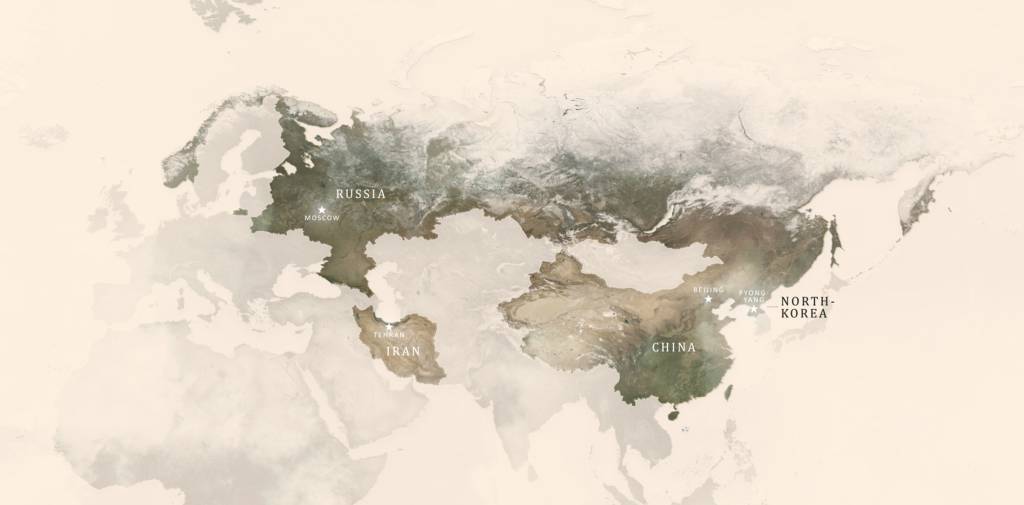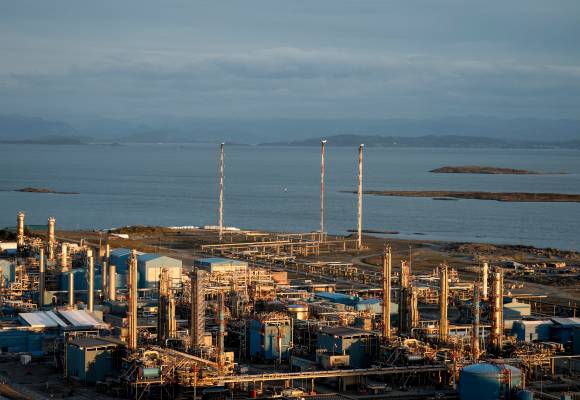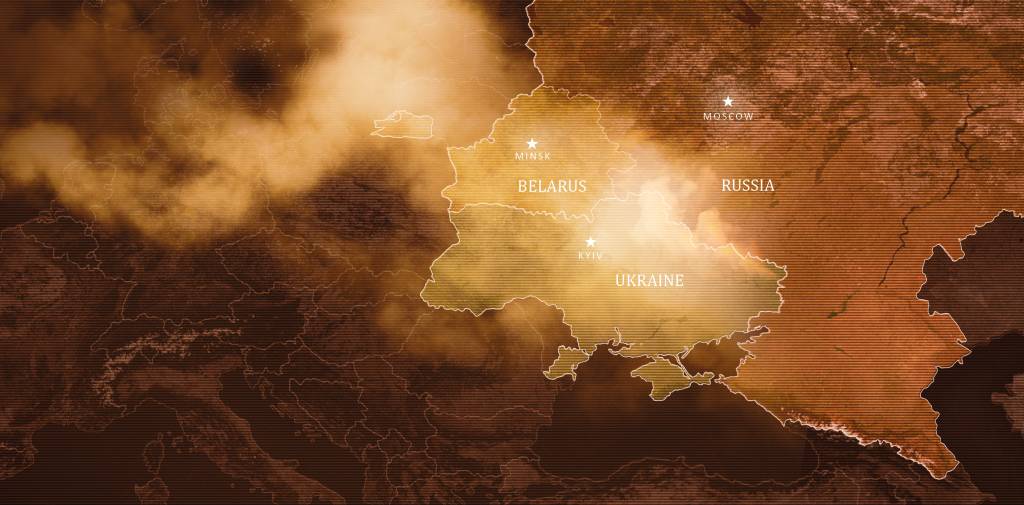Arctic powerplay
The Arctic is strategically important to both Russia and China. This region is especially important to Russia because of natural resources and the way Russia has shaped its nuclear deterrence capabilities. Defending the northern bastion and having access to the Atlantic will remain vital to Russia’s concept of security. Russia wants to be the dominant actor in the Arctic. At the same time, Moscow considers its position in the region to be more vulnerable than a few years ago.
Allied military activity in the Arctic and the High North has increased, while Russian authorities seek to counter political isolation by inviting in new actors on the civilian side, especially the BRICS countries. On top of Russia’s distrust of allied military activity, there is now a more complex set of actors entering the scene. This increases the risk of misunderstandings, accidents and escalation of conflicts.
Land forces from the Kola Peninsula have been redeployed to fight in Ukraine, significantly diminishing Russia’s land power on the Kola Peninsula. Following the attack on Ukraine, the Northern and Baltic Fleets have become more important to demonstrate Russia’s naval power in the north, as well as in the Atlantic and the Baltic Sea region. This means that the naval forces will have a more prominent role in Russia’s strategic and conventional deterrence and strategic communication towards NATO.
As Russia’s conventional land power is weakened, its strategic forces become more important. With its proximity to NATO’s core areas, the Northern Fleet has many of these in its possession.
China does not constitute a military threat to Norway, but it has an interest in establishing a political, economic and, in time, military foothold in the Arctic. Recent investments in polar capabilities, including icebreakers, have given China the opportunity to operate more independently in the region.
Developing the Northeast Passage for commercial traffic will save shipment time to European markets, reduce dependence on other traffic arteries and facilitate transport of raw materials. Chinese actors have shown an interest in developing infrastructure related to this shipping route in Norway as well.
The Arctic already plays an important role in China’s space programmes, both civilian and military. Beijing will continue to seek access to Arctic infrastructure in order to support its activities in space. Thus far, China has not conducted any military operations in the region, but developing the ability to carry out military operations is a long-term goal.




